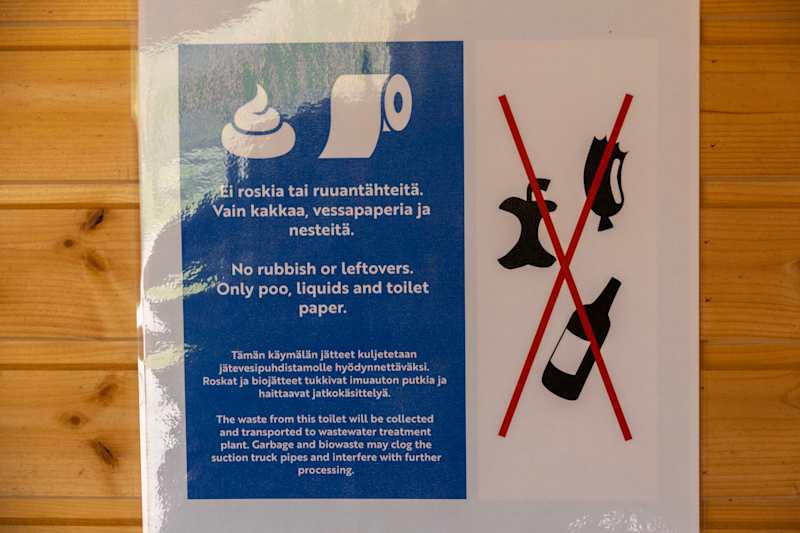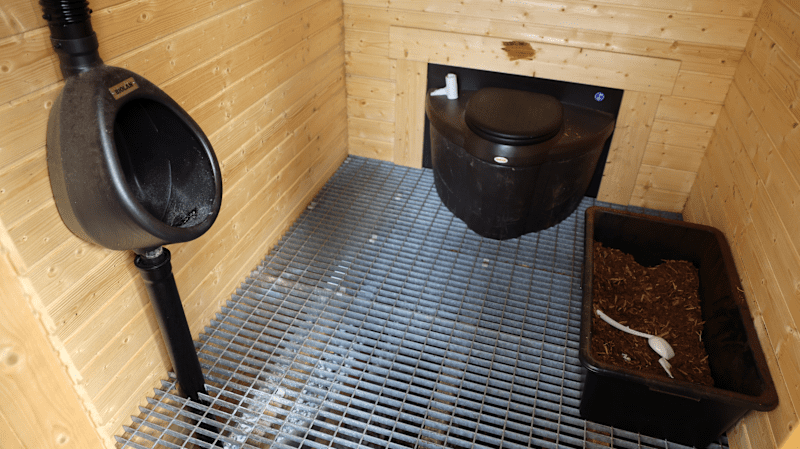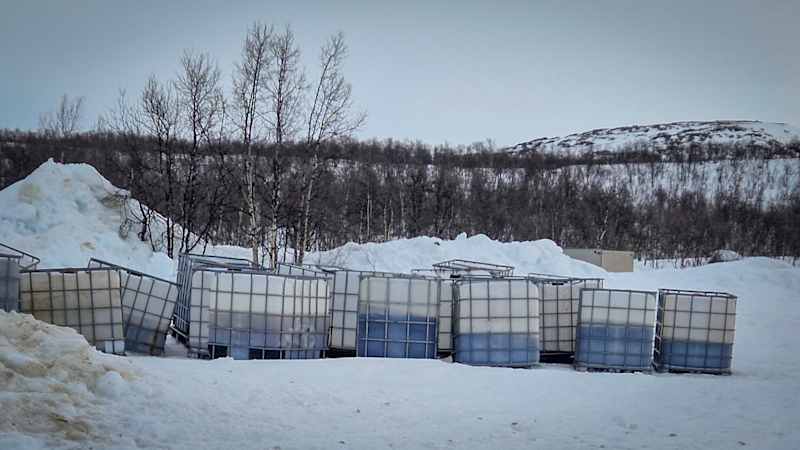Hiker’s poo can add up to hundreds of kilometres of transport – don’t throw this product in the bin
Hundreds of kilometres of waste from nature sites are transported for further processing. Increasing numbers of visitors to national parks also increase the transport of toilet waste.
From the fells and doves of Lapland’s national parks, it’s a tough race south. As the number of visitors to national parks has increased, so has the amount of waste accumulating in the parks’ maintained pigeon holes – although not in exactly the same proportion.

A cacao poo can travel hundreds of kilometres
Last year, a total of 13 000 litres of liquid toilet waste and 132 000 litres of solid toilet waste were transported for further treatment from Metsähallitus Lapland’s nature sites alone.
– For example, in the UKK Park at Lake Luirojärvi, where the distance from the deserted, reserved and rented toilet waste to the nearest road is about 25 kilometres.
From the cheek of the road, pee and poop tanks are still transported to waste treatment plants. They can easily accumulate several hundred kilometers.
According to Jart, there are currently relatively few actors receiving toilet waste in northern Finland. Toilet waste from Metsähallitus’ toilets in the Lapland area is transported for further processing, for example in Kittilä, Oulu and Rovaniemi.
For example, if waste is transported from Luiro-Lake to further processing to Oulu, the distance will be less than 500 kilometers.
Kakkahalli, from nature sites to waste facilities, has also been discussed in Metsähallitus for environmental friendliness.
– Transporting toilet waste, such as all material transportation on the highway and on the terrain, is an ecologically challenging challenge.
However, in principle, Metsähallitus offers customers a variety of hiking services in different environments and, according to Jart, inevitably includes transporting firewood, waste and building supplies.
However, according to Jart, alternatives for transporting toilet waste have been considered.

Nearly a million litres of faeces
Last year, about 750 cubic meters of toilet waste, or about 750,000 liters of toilet waste, were collected from nationally dry toilets and closed tank toilets. The chapter includes an location waste waste from closed tank toilets and a toilet waste from dry toilets.
In addition, there are also numbers on how much liquid toilet waste, that is, in practice, people’s pee accumulates and transported out of the fells and other nature sites.
In a more formally, pee, or 50,000 liters, was collected last year.
However, according to Metsähallitus Leena Jart, the information is not fully comprehensive for the fluid.
– Not all toilets are emptied each year, so the readings given do not exactly describe the amount of waste accrued nationwide annually.
In other words, more toilet waste accumulates.

Norway is distributed to the pouches
Despite the increased stools, there was no need to increase the number of toilets. However, some of the objects have been increased by increasing \”customer seats\”.
For example, in Norway.
Attempts have been made to solve the stool problem in Norway, for example, with information boards and by distributing free poop bags to tourists. Efforts have also been made to increase the number of toilets.
In Finland, thank you, at least not the wrong places for the Huussi, at least the hiking places, is not considered a problem in Metsähallitus. The bigger problem is non -toilet waste products and objects. For example, moisture wipes are problematic in toilet waste, as they are mostly plastic and do not break down like toilet paper.
